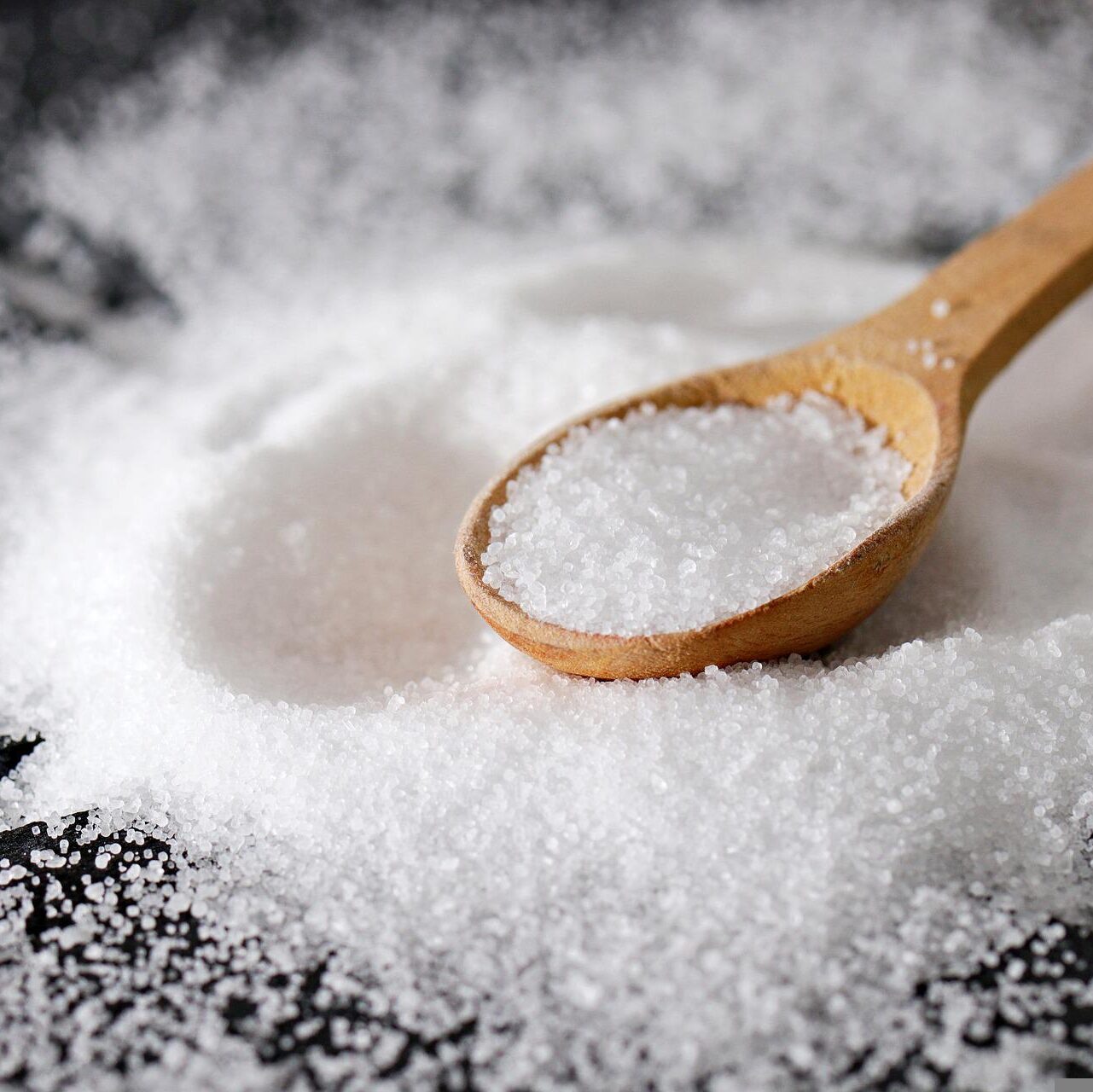I’m writing this article to set straight the correct usage of epsom salt and regular salt for treating freshwater fish diseases.
Magensium Sulfate (Epsom Salt)
In veterinary medicine for small pets, magnesium sulfate is often prescribed orally with activated charcoal as a cathartic when a poison is ingested. It is injected to treat hypomagnesemia or ventricular arrhythmias. It is contraindicated if the patient has kidney failure issues1.
In freshwater fish medicine literature, magnesium sulfate is rarely mentioned. The use of magnesium sulfate in fish medicine can be traced back to a single case study where it was used, along with sodium chloride (regular salt), as a cathartic (laxative) to treat a fish with intestinal flukes (monogenic trematodes).2
Two of the major fish medicine books list the same magnesium sulfate and sodium chloride recipe but cite the FDA’s list of unapproved animal drugs for aquaculture list instead of the original paper. It’s nice that the FDA’s list has given some formal validity to its use in fish aquaculture, though.
If your fish is constipated (can’t poop), first try fasting it. If that doesn’t seem to resolve the issue, you can try a magnesium sulfate and sodium chloride dip. “Fish are immersed in a 30,000 mg MgSO4/L and 7,000 mg NaCl/L solution for 5 to 10 minutes.” Create a container with some aquarium water and add the salts to it. Float the container on top of the aquarium to keep it warm if you are going to try multiple dips.
Many internet forums continue to mistakenly recommend magnesium sulfate for water gain, also known as dropsy or edema. Unfortunately, if your fish has water gain of any type, it is likely having kidney failure issues and so magnesium sulfate is contraindicated. Although magnesium sulfate is a cation that in theory could be used as an osmotic regulator in freshwater fish, it is not proven in the veterinary medicine world and is likely to cause hypermagnesemia. You’ll read in the next section that sodium chloride is the treatment for water retention.
Also, sometimes when someone recommends salt be added to an aquarium, it can cause confusion. The fish owner just knows that you’re not supposed to add salt to a freshwater fish aquarium, so when they hear “salt”, they assume that “epsom salt” is what’s being recommended (due largely to having previously read someone mention epsom salt as a treatment). Then they use the wrong salt, perpetuating the mistaken idea that epsom salt treats anything other than constipation. It can seem surprising, but adding regular kitchen salt to an aquarium is okay for most freshwater fish with scales.
Sodium Chloride (regular salt)
In fish medicine, salt is used for many things, including the treatment of dermal injuries and osmotic regulation. It can also supplement the ions in water to help a fish process oxygen easier. Finally, it can kill some parasites. There are of course some salt-sensitive species, specifically scaleless fish.
Again, fish medicine books typically tend to refer to the FDA’s list of unapproved animal drugs for aquaculture when listing salt as a remedy, where it says “Used in a 0.5% to 1% solution for an indefinite period as an osmoregulatory aid for the relief of stress and prevention of shock, and in a 3% solution for 10 to 30 minutes as a parasiticide.”
Salt and heat are currently the best treatment for ich.
Since salt is recommended for an indefinite period, it can typically be added directly to the tank. However, don’t do this if you have a zeolite filter or snails. Also, salt will damage some live plants.
Some internet forums claim that regular table salt is dangerous to use, because of the iodine. However, fish also need iodine and the trace amounts that humans require are similar to those that fish require. The more dangerous salt to use in an aquarium would be ones with anticaking agents, such as Morton Kosher Salt. Most water softener salts also contain an anticaking agent.
Some internet forums also recommend that fish owners purchase aquarium salt “just to be safe”, but in my opinion, it’s less safe. It’s too easily confused with marine aquarium salt. Just use regular kitchen salt.
Don’t use salt to treat a saltwater fish for osmotic regulation issues. You actually want to put a saltwater fish in a solution with less salt than normal to help with that.
Conclusion
Sodium Chloride (regular salt) for water gain, dropsy, edema, dermal injuries, parasites, or “breathing” problems. Indefinite exposure.
Magensium Sulfate (epsom salt) and Sodium Chloride (regular salt) if your fish needs help pooping. Short dip.
Literature Cited
1 Plumb DC. Terbutaline. In: Plumb DC, ed. Plumb’s Veterinary Drug Handbook. 9th ed. Stockholm, WI: John Wiley & Sons; 2018:553.
2 Stoskopf MK. Tropical fish medicine. Fish chemotherapeutics. Vet Clin North Am Small Anim Pract. 1988;18(2):331-348. doi:10.1016/s0195-5616(88)50035-9
